Week 24 - Hydraulic Systems and the Development of Mechanical Devices
| Site: | MoodleHUB.ca 🍁 |
| Course: | Science 8 LearnNet |
| Book: | Week 24 - Hydraulic Systems and the Development of Mechanical Devices |
| Printed by: | Guest user |
| Date: | Monday, 17 November 2025, 5:54 PM |
Description
Week 24 - Mechanical Systems and Machines
Lesson 10
Read pages 293 - 302
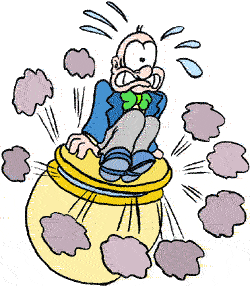

We live inside a pressurized system - the atmosphere, and within us we have another pressurized system - our circulatory system. Our daily lives bring us into contact with many forms of pressurized devices. Whether its a bottle of pop, scuba tanks for breathing under water or a giant earth moving machine, pressurized systems make our lives easier and more entertaining. Now let's find out the scientific principles behind pressure.
| Did You Know? Scuba divers must know and understand all about pressure. As they go deep underwater, the pressure of the water above them changes how their bodies react to the air they are breathing from their tank. This is one situation where what you don't know can kill you. But understanding the scientific principles about pressure allows divers to safely explore the underwater environment. | 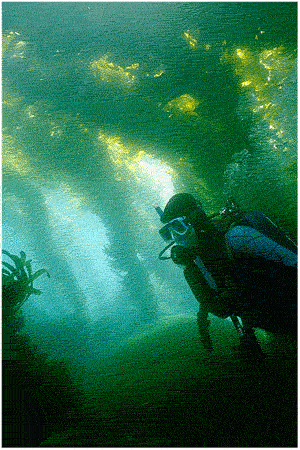 |
Calculating Pressure
Pressure (P) can be defined as the amount of force (F) applied over a known area (A), generally in square metres.

Pressure is measured in newtons per square metre . This unit is called a pascal (Pa) .
However, this is a very small unit of pressure, so generally we use kilopascals ( thousands of pascals)
![]() Exercise 4.1: Pressure
Exercise 4.1: Pressure
Fooling Around With Pressurized Systems
If you get a chance to talk to a scientist she'll probably tell you that what she does for a job is fun. Pascal had fun playing with numbers. Pascal was a scientist who is known not only for his work on pressure but also in mathematics and theology. Through his experimentation and research he developed what is know today as Pascal's Law of pressure.
|
Pascal's law states that when pressure is applied to a liquid in an enclosed container the pressure (force) is transmitted equally and undiminished throughout the liquid in all directions.
|
For example, examine the hydraulic jack below. The pressure is equal throughout the jack. And because of this fact, some amazing things happen. Look at the diagram below. Do you see anything unusual?
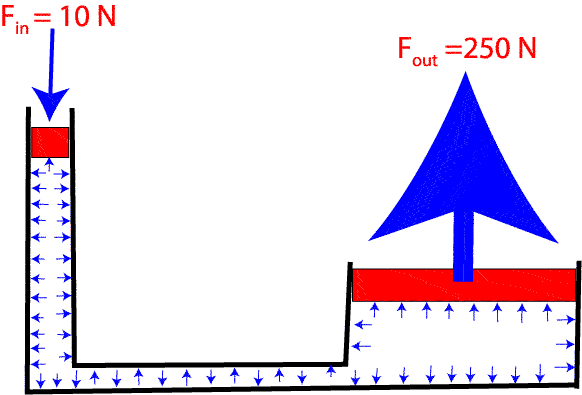
|
© 2002 Alberta Online Consortium
|
Lesson 11
In this lesson we will examine the relationship between the size of the pistons in a hydraulic jack and their effect on the mechanical advantage the jack produces.
In the diagram below a force of 20 N is applied to the input piston. Pascal's law tells us that that force is then applied equally throughout the jack. So now the output piston is being pushed upward with a force of 20 N. (If we calculate the pressure (see below) we find the pressure is 20 Pa on each side.)
You will recall that a pascal is 1N of force spread over a square meter. Notice that the output piston has a larger area than the input piston so the amount of force it receives ends up being much larger than the force in the input piston. This creates a mechanical advantage .
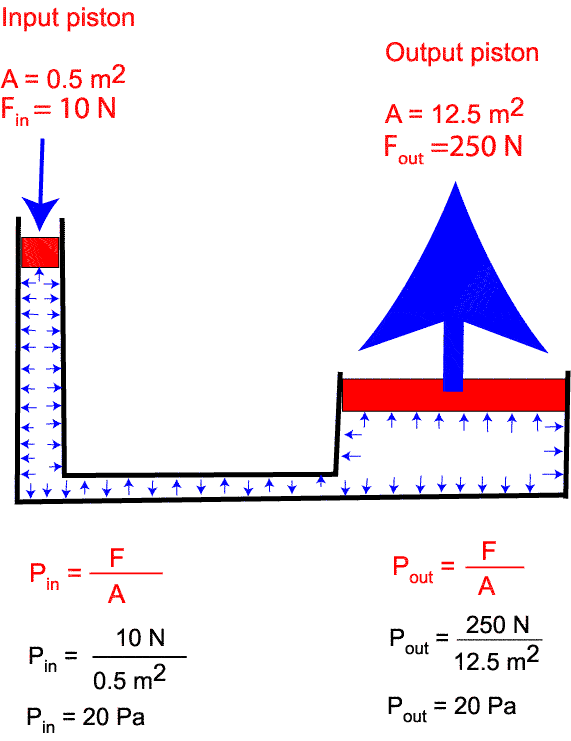
Mechanical Advantage and Pressure
In an earlier lesson you learned that the formula for mechanical advantage is output force divided by input force. Examine the calculation below.
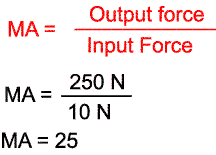 |
We can see that the hydraulic jack in the diagram above has a mechanical advantage of 25. That's very high compared to other machines we have examined. |
But why such a large mechanical advantage? Because the pressure in the jack is applied equally over the whole vessel. Each and every square unit receives the same amount of force. The output piston has many more square units of area, therefore, it receives more force.
|
Still don't get it?
Here's an analogy. I agree to give every student in the school $5.00 each (they represent the number of square meters). In one room (the input piston) there is only 2 students so that room gets $10. But the next room (the output piston) has 30 students, that room gets $150.00 dollars. Money is like the force. The output piston gets more force because it has more area. |
Work In Equals Work Out
Do you remember when we talked about the idea that to get a certain amount of work out of a machine, you had to put the same amount of work into it in the first place. Well, hydraulic jacks are no different. Let's look at the formula for work again.
We want to lift the output piston on the jack 2 m. Now we can calculate the work that needs to be done.
But how far do we have to push the input piston to get this much work done?
| W = F x d 500J = 10 N x d d = 500 N.m / 10 N d = 50 m |
Remember: 1 J = 1 N.m The Newton's cancel each other out in the equation, leaving us with metres. |
So now we know that to lift the output piston of our jack 2 m we must move the input piston 50 m. These input pistons are usually connected to motors, levers and pumps. You can generally hear these motors running when you are in a garage and see a car being jacked up on a hoist.
You will find most of the information related to these concepts on pages shown.
You will have to read and practice some questions to understand and REMEMBER how to do these.
|
Pages
|
Term
|
Information
|
Equations and Examples
|
|
|
1
|
288-289
|
Work = W
(can be input or output) |
measured in Joules (pg. 289)
|
W = F x D
so answer is in N x (m or cm) ex. (W = 12Nm) |
|
2
|
294
|
Force = F
|
measured in Newtons (pg. 280)
A newton is the amount of force required to accelerate a mass of one kilogram at a rate of one meter per second squared. 1 N = 1 kg·m/s2 |
F = W/D involving work
or F = P/A involving pressure |
|
3
|
299
|
Area = A
|
measured in metric squared
used to help find pressure etc. ex. (cm 2 or m 2 ) |
ex. (A = 3 meters squared)
A = 3m 2 |
|
4
|
281
|
Speed Ratio = SP
|
just a number
|
SR = input distance/output distance
ex. (SR = 8cm/2cm = 2) |
|
5
|
281
|
Distance = D
|
measured in metric
|
ex. (D = 3meters)
D = 3m |
|
6
|
294, 295, 299
|
Pressure = P
|
measured in Pascals (pg. 294) or Newton (pg. 280) Meters
|
P in = F/A
or (depends in question) P out = F/A F = P in x A or (depends in question) F = P out x A ex. (P = 20N/4m 2 = 5N/m 2 ) |
|
7
|
280
|
Mechanical Advantage = MA
|
just a number
|
MA = output force/input force
ex. (MA = 12N/2N = 6) |
|
8
|
285
|
Efficiency = E
|
measured in percentage = % |
E = MA/SR x 100
ex. (E = 2/3 x 100 = 66%) |
|
9
|
285
|
E = Work output/work input x 100
ex. (E = 1200J/1600J x 100 = 75%) |
||
|
10
|
280-281
|
Input
|
force, distance, effort, etc
|
Part of equations
|
|
11
|
280-281
|
Output
|
force, distance, effort, etc
|
Part of equations
|
|
12
|
280
|
Ratio
|
is a fraction
|
ex. (F/A , W/D, 2/4, etc.)
|
|
13
|
294
|
Joules = J
|
measured in N x (m or cm)
1Joule = 1Newton x 1meter |
J = Nm
ex. (W = 12Nm) |
|
14
|
294
|
Pascals = PA
|
measured in N / (m 2 or cm 2 )
ex. (1 Pascal = 1Newton/meter squared) |
Pa = N/m 2
ex. (P = 5N/m 2 = 5 Pa) |
Lesson 12
| Most pneumatic machines take advantage of the fact that air is compressible. Many construction workers now use pneumatic nailers because they are much faster than using hammer and nails. Another common tool seen during the summer is the jack hammer. It uses compressed air to breakup cement or open up pavement for repairs. Many other pneumatic tools are used in auto repair such as sheet metal cutters and sanders. |
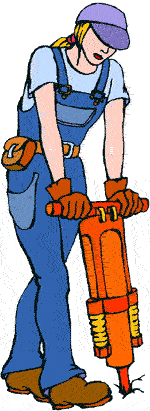 |
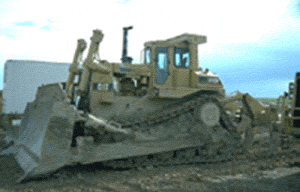 |
When we want to move a lot of dirt around we bring in the big machines. |
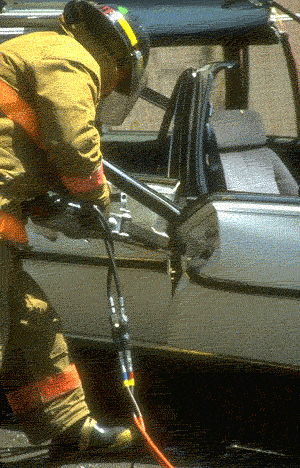 |
Hydraulic machines can be a life-saver in emergency situations. Commonly known as the jaws of life these machines can open a vehicle that has been damaged in an accident and rescue the trapped and injured person inside. |
| Hydraulic machines can be used to create excitement and fun as well. Think of all the rides you've been on at the circus and how they used hydraulics. | 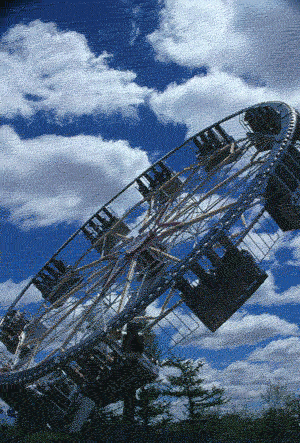 |
Lesson 13
Read pages 304 - 319
Since the beginning of time man has dreamed of flying, today it is taken for granted that we can fly almost anywhere in the word. There are many machines which have been design for flight. Think about what you know about flight and what you know about how planes developed. How did the design change over the years. What issues caused changes in design? What would you change about the design of the planes that you see now? What questions would you ask about the design to decide what features to change.
Here is a comparison of different flight methods. Use the questions to compare the features of each design. Based on your current knowledge and opinions enter in how you think that each flying machine compares. (1 means best and 4 means worst) Then total the amounts for each column. Remember that the machine with the lowest rating will be the best machine.

Boeing 757 airplane
|

Hot Air Balloon
|
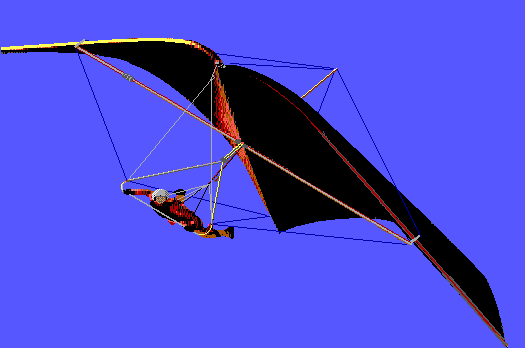
Hang Gliding
|
 Helicopter Helicopter |
|
|
energy
efficiency |
||||
|
convenient
|
||||
|
safety
|
||||
|
effective
|
| My total for the airplane is ... | |
| My total for the balloon is ... | |
| My total for hang gliding is ... | |
| My total for the helicopter is ... | |
| The flight machine which I feel has the best design based on the above criteria is ... |
Whichever machine that you choose as the best design is okay. There is no correct answer, but what is important is that your opinion is based on some sort of logical criteria.
|
© 2002 Alberta Online Consortium
|
You have two options for your Section 4 Quiz - a multiple choice quiz or a written response quiz. You may choose to write the multiple choice or the written response. You only need to write one, so the choice is up to you! You are allowed to try both quizzes if you want, but it is not required.
The quiz attempt with the highest grade will be the one that is recorded on your report card.
The multiple choice quiz has 10 multiple choice, matching, and true/false questions. You have 15 minutes to complete the quiz. As soon as the quiz is submitted it will be auto-graded and you will receive a grade immediately.
Click the image above to start your quiz
The written response quiz has 5 short answer questions. Your responses must give a complete and detailed answer to the question. You have 20 minutes to complete the quiz. This quiz needs to be manually marked by your teacher, so you may have to wait a few days to get feedback and a grade.
Click the image above to start your quiz



